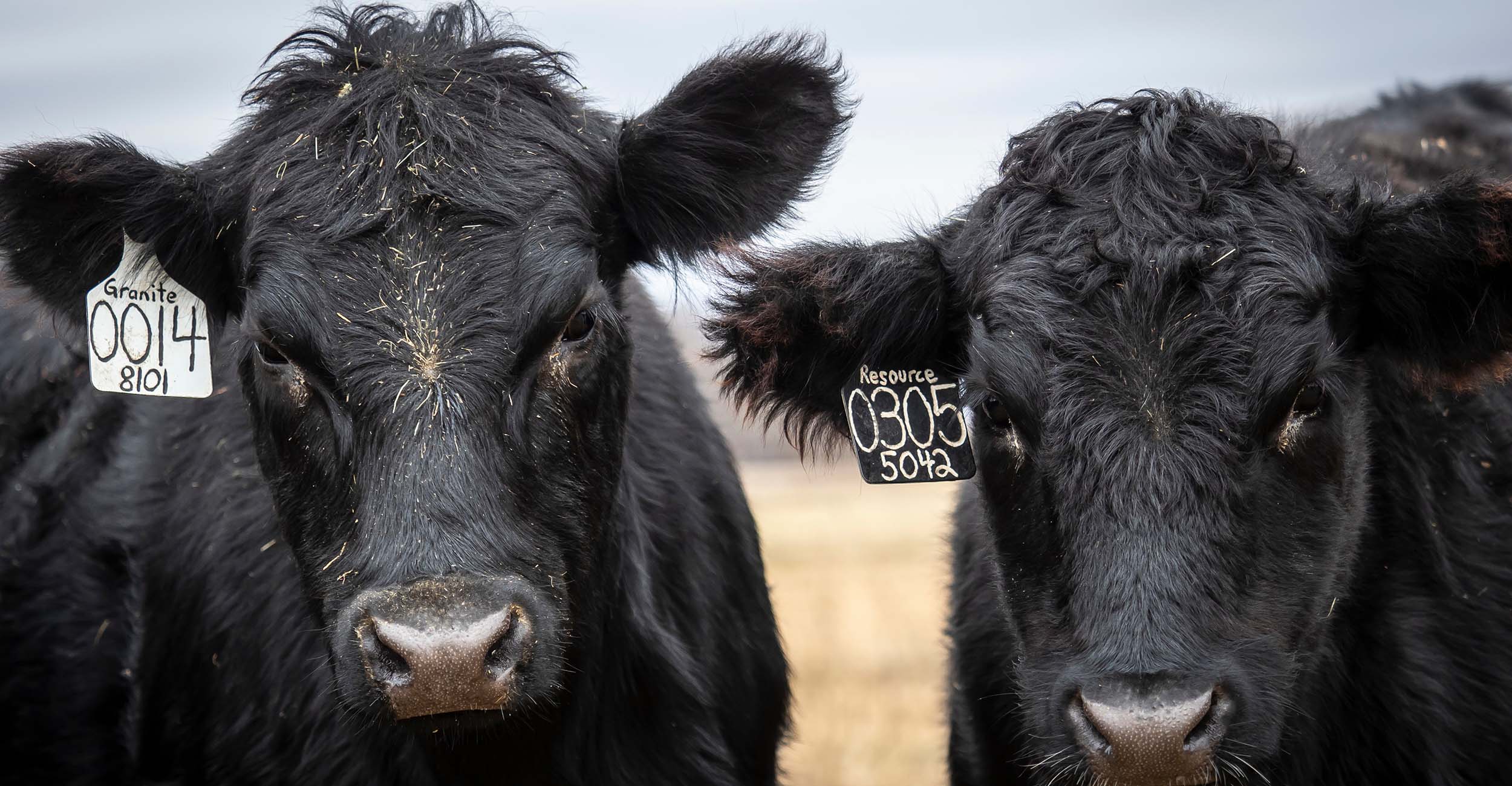
Veterinary Viewpoints: Disease Testing New Additions to a Herd
Friday, September 17, 2021
Adding new herd members represents a significant investment. Typically, producers spend a great deal of time evaluating pedigrees, genomics and phenotypic appearance. However, don’t overlook the health status of the individual animal.
The addition of any new animal creates the potential to introduce disease into the resident herd. Work with your veterinarian to develop a protocol to help prevent this. The protocol can specify the required testing of all new additions whether purchased, leased or borrowed.
A plan for testing new additions will likely be based on a producer’s willingness to accept the risk of disease introduction combined with the known prevalence of disease, geographic origin of cattle and the seller’s provided or guaranteed health history. It is always best for buyers to request a written health history of the prospects. Vaccination status, deworming history, reproductive evaluation and specific disease testing should be included.
For new bulls, buyers should require written documentation of a timely breeding soundness evaluation (BSE) conducted by a veterinarian following the standards established by the Society for Theriogenology (SFT). A complete BSE involves a physical examination, reproductive tract examination and semen evaluation. Sampling for reproductive infectious diseases such as Tritrichomonas foetus and Campylobacter fetus should also be strongly considered for all non-virgin bulls.
The addition of replacement females also requires assessment of reproductive parameters. Reproductive tract scoring may be a helpful evaluation when considering replacement heifers. If the female has been artificially inseminated or exposed to a bull, confirmation and stage of pregnancy should be determined. Testing for reproductive infectious diseases may also be warranted.
Depending on pedigree, buyers of bulls and replacement females may also want DNA marker testing for heritable diseases causing genetic abnormalities like tibial hemimelia (TH) and pulmonary hypoplasia with anasarca (PHA).
Although these diseases are not infectious, the introduction of these genetics by even a single sire or several closely related females can have a significant negative impact. In most instances, carriers of defects should not be used in a breeding program. If they must be used due to superior genetics, breeders must be intentional and strategic on crosses.
Infectious diseases introduced by a new addition could hurt the entire herd. Seedstock and commercial cow-calf producers may want to discuss testing for the following diseases and others with their herd veterinarian prior to purchase or bringing individual animals onto the operation:
- Bovine Viral Diarrhea
- Johne’s Disease
- Bovine Leukemia
- Tuberculosis
- Brucellosis
- Leptospirosis
- Infectious Bovine Rhinotracheitis
- Bluetongue
- Anaplasmosis
Additional testing requirements and a certificate of veterinary inspection may be required if new animals are traveling interstate. Interstate requirements should be confirmed with the state of destination prior to shipment. Interstate movement requirements can be found at https://www.interstatelivestock.com/.
Even if a new introduction receives a clean report after testing and shipment, it is still recommended that the animal undergo a minimum two-week isolation before exposure to the resident herd as part of a good biosecurity plan. Following the protocol developed by the herd veterinarian will help prevent the introduction of new diseases and protect the producer’s investment.
About the author: Dr. Rosslyn Biggs is an assistant clinical professor at Oklahoma State University’s College of Veterinary Medicine. She earned her DVM degree from Oklahoma State University and currently serves as a beef cattle extension specialist and director of Continuing Education.
Veterinary Viewpoints is provided by the faculty of the OSU Veterinary Medical Hospital. Certified by the American Animal Hospital Association, the hospital is open to the public providing routine and specialized care for all species and 24-hour emergency care, 365 days a year. Call 405-744-7000 for an appointment or more information.
OSU’s College of Veterinary Medicine is one of 32 accredited veterinary colleges in the United States and the only veterinary college in Oklahoma. The college’s Boren Veterinary Medical Hospital is open to the public and provides routine and specialized care for small and large animals. The hospital offers 24-hour emergency care and is certified by the American Animal Hospital Association. For more information, visit https://vetmed.okstate.edu or call 405-744-7000.
